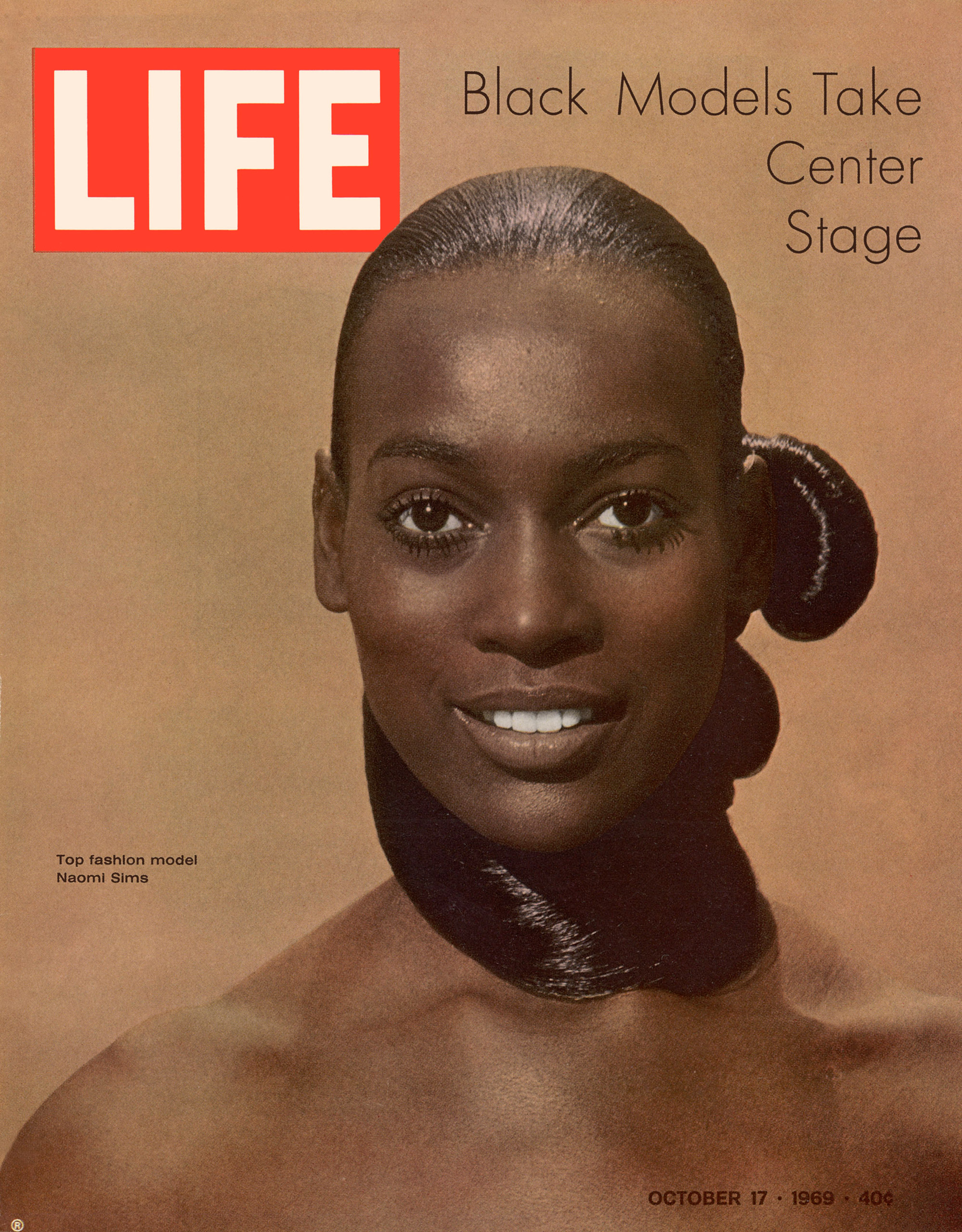
In October of 1969, a LIFE Magazine cover story explored a noteworthy change underway in the fashion business: women of color were not only more visible than ever as models, but they were also taking charge behind the scenes. In one of the first salvos of a conversation that is still very much ongoing — about how to bring diversity to the fashion world, and why that matters — the women featured in the story were working toward a future where, as the director of one agency put it, “a model agency gets a call for a brunette and can just send over a black girl.”
At the time, though progress was still being made, black models still made less than white models simply because they got less work, and per LIFE in 1968 less than 10% of all TV commercials in the U.S. involved any black people at all. And yet, for those on the front lines of change, it was an exciting time — at least that was the experience for Charlene Dash, then 20, one of the models featured in the story (and seen in slides six and seven above).
Dash, who went back to school after quitting the modeling world and ended up getting her master’s degree, now lives near New York City and works for the Department of Education. For women’s history month, she told LIFE what it was like to live through that time:
In 1969, I was a kid.
I’d had a job with Shell Oil Company and I went to school at night, at Hunter College. And one of the women who worked in keypunch one day came to work in pants. She had a pantsuit on. This was shocking. How could you come to work in pants? She said, ‘Well, I handed in my resignation. I’m going to be a model.’ One Sunday not long after that, in the Times, in the Sunday section, I opened it up and there was her picture. I was like, ‘If she can do it, I can do it.’
I did a little research, and I heard there was a new agency called Wilhelmina, so I went to her, and she told me, ‘Oh no, we have Naomi [Sims] and everybody wants Naomi.’ I had no idea who Naomi was. I hadn’t seen her. But while I was sitting there waiting to speak with Wilhelmina, a woman came in and she just sort of floated in, and she looked so beautiful, and everybody said, ‘How was Paris?’ And I thought, this is a dream world.
So I went to [Ford Models]. I had two or three fuzzy pictures and they looked at the pictures, put them to the side, looked at me, and they sent me over to a woman named Dee Edwards. She was in charge of the new girls. She said, ‘Call me tomorrow and I’m going to send you out and we’ll get you some pictures.’ That’s how I started. I remember distinctly that they said, ‘Would you work for $250 [a week]? There’s a designer in town at the Plaza and she doesn’t have a lot of money but for $250 you would [spend your days there] and show the clothes.’ Now, $250 a week in those days — I had been making $175 for two-weeks’ work! It was such fun, and making $50 a day!? I was rich. Rich! One of the people who came in was the Baron de Gunzburg, from Vogue. We went out, we did what we had to do, and that evening I got a call from the agency — apparently he went back to Vogue and told Mrs. Vreeland that he saw me, and I got an interview with Mrs. Vreeland. Now we’re really in dream world.
I went to see her and she was just like everything you’d read about. She was very dramatic. She had two pairs of glasses. “Come closer,” she’d say, and she’d put on one pair, and then “go back” and she’d put on another. She wrote down an address and said to be at that address next week. That turned into six pages in Vogue.
Now the agency had something to sell. They could say I’d already done XYZ. But there were still no pictures. So they said, go see Gideon at [Richard] Avedon’s studio. So I went over with my little fuzzy pictures to see Gideon. Cybill Shepherd was also there — she’d just won Model of the Year — and we’re sitting on the sofa. Avedon came out and I thought it was Gideon, because that was who I told the receptionist I was there to see. He looked at my little fuzzy pictures and he said, O.K., and then I left. When I left I ran into another model and said that I’d gone to see Gideon and she said, ‘Oh, he’s nice,’ and she described him — I said, ‘That’s not who I saw! She said, ‘You saw Avedon!’ And he booked me.
It wasn’t that I was doing anything special, but it was the right time at the right place and I didn’t even know what I was wandering into. It was wonderful. I have good memories.
They were actively looking for models of color. We did something that was in the Times and the art director said that they’d even checked the whole concept with the Black Panther Party, which I thought was funny, but they wanted to make sure that they didn’t say anything wrong. Everybody was very nervous and very cognizant that they were doing this and they were going to do it right.
I did an ad for Neiman Marcus and they told me I’d be the first person of color to do an ad for them and they made a big deal out of it. I worked with a photographer I’d worked with at Vogue and in the end you couldn’t even tell I was black, the way it was lit, but they were happy they had stepped over this threshold. And I was honored.
[When I was growing up] I used to read Ebony magazine, and everybody was black. I thought that was great, that you read Ebony magazine you see black models doing everything. [But] for anyone to see someone who’s looking beautifully dressed — isn’t it every little girl’s fantasy? You want to look good no matter what color you are. I watch commercials and everybody’s represented in commercials today, and that wasn’t the way it was. We had Julia and that was a big deal, but now you see everybody. Grandparents with children of color. Gay couples having dinner and doing regular things. It’s just people. It’s wonderful. And I know when I get my Neiman Marcus catalog it’s not just one person of color in there. It’s lots of people — Asian, Hispanic, black. It’s wonderful.
I remember once I complained to the art director at Avon. I said, ‘I’m booked for maybe one day, and everybody else here is booked for a week. Why can’t I be?’ And he said, ‘You know, Charlene, I have a logistics problem. We have 12 pages and we can’t put you on every page.’
But the blonde could be. I thought, well, a logistics problem. I didn’t like it. I wanted to work.
Obviously they don’t have a logistics problem anymore. That’s progress.
Liz Ronk, who edited this gallery, is the Photo Editor for LIFE.com. Follow her on Twitter @lizabethronk.
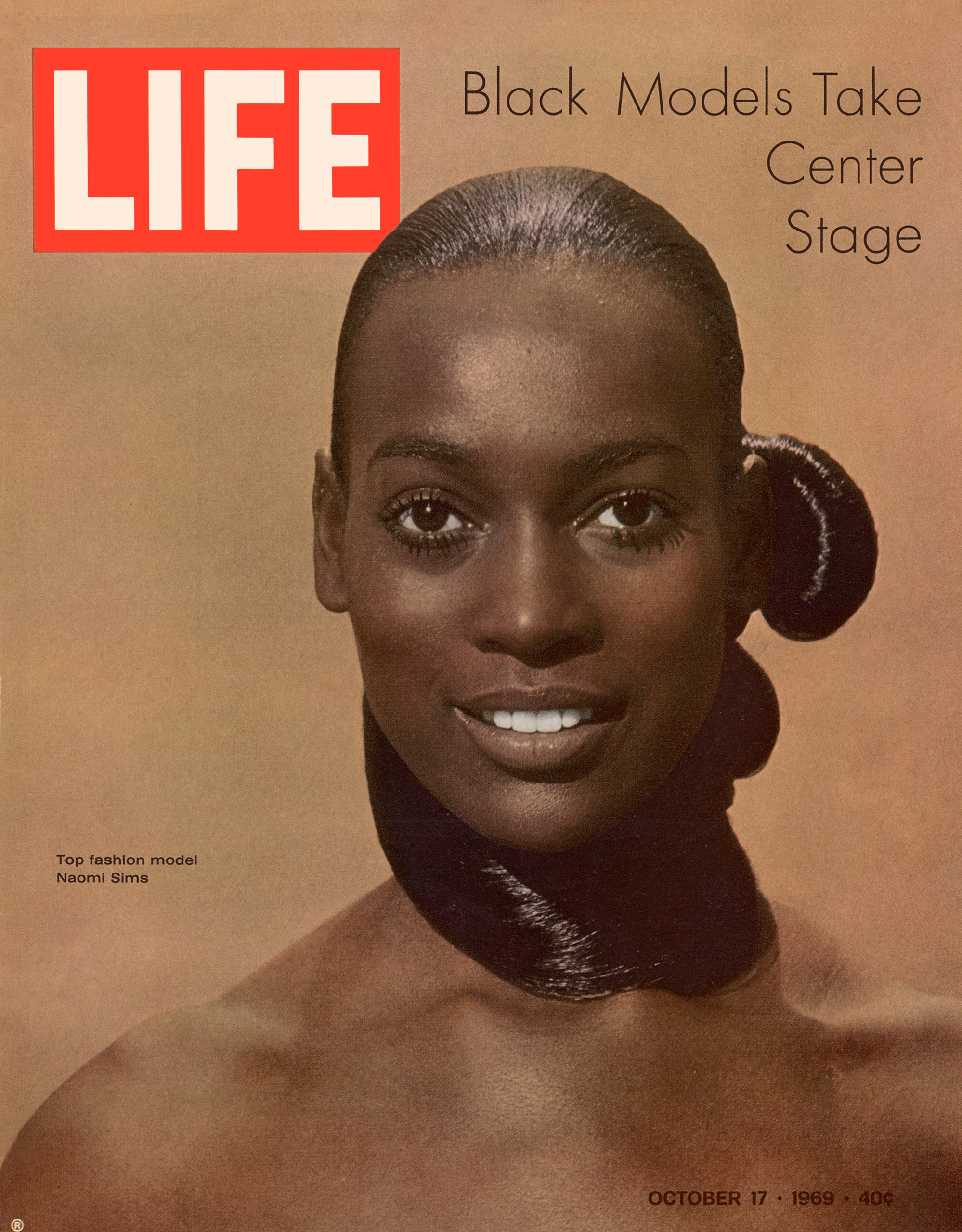
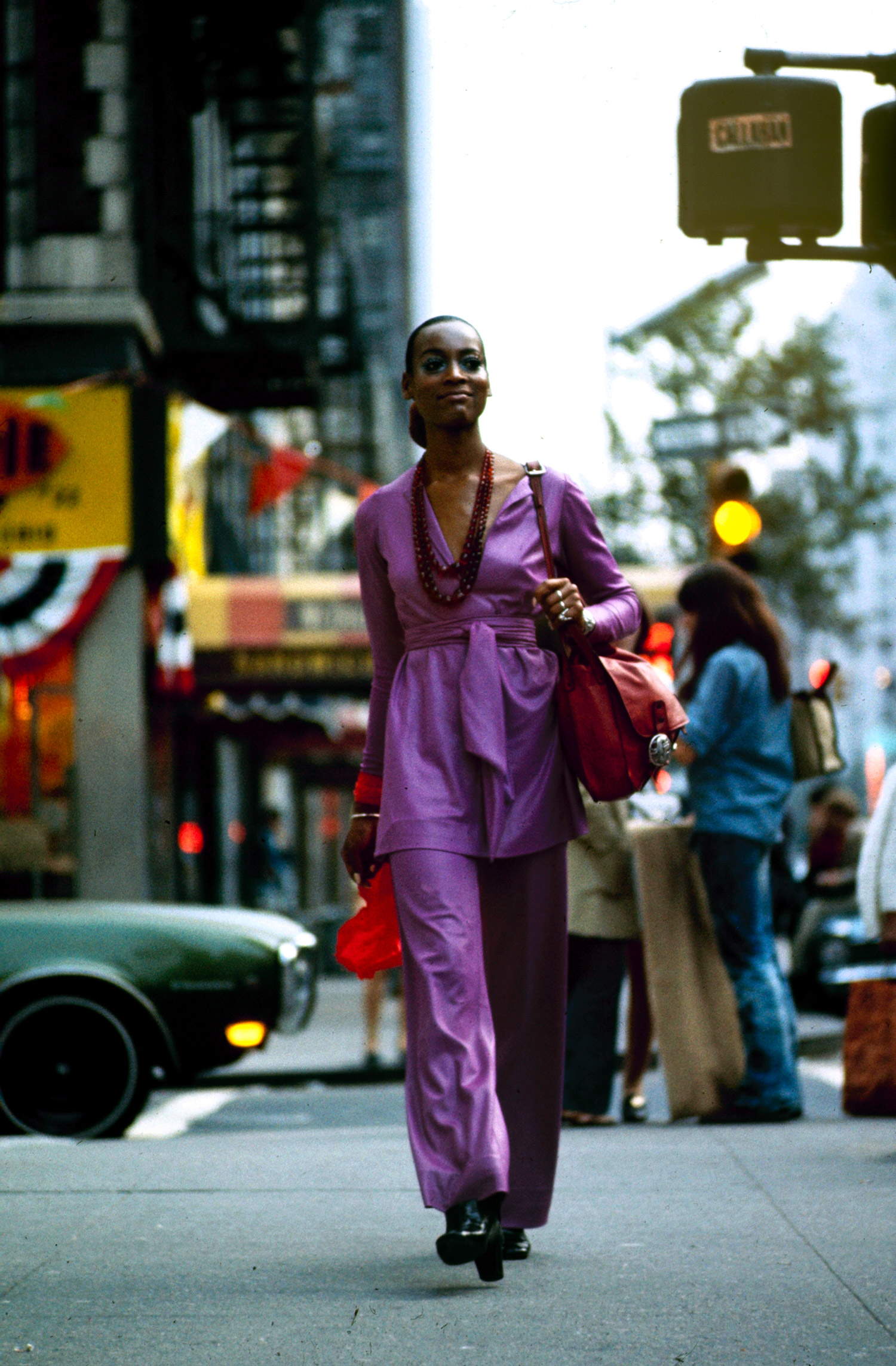
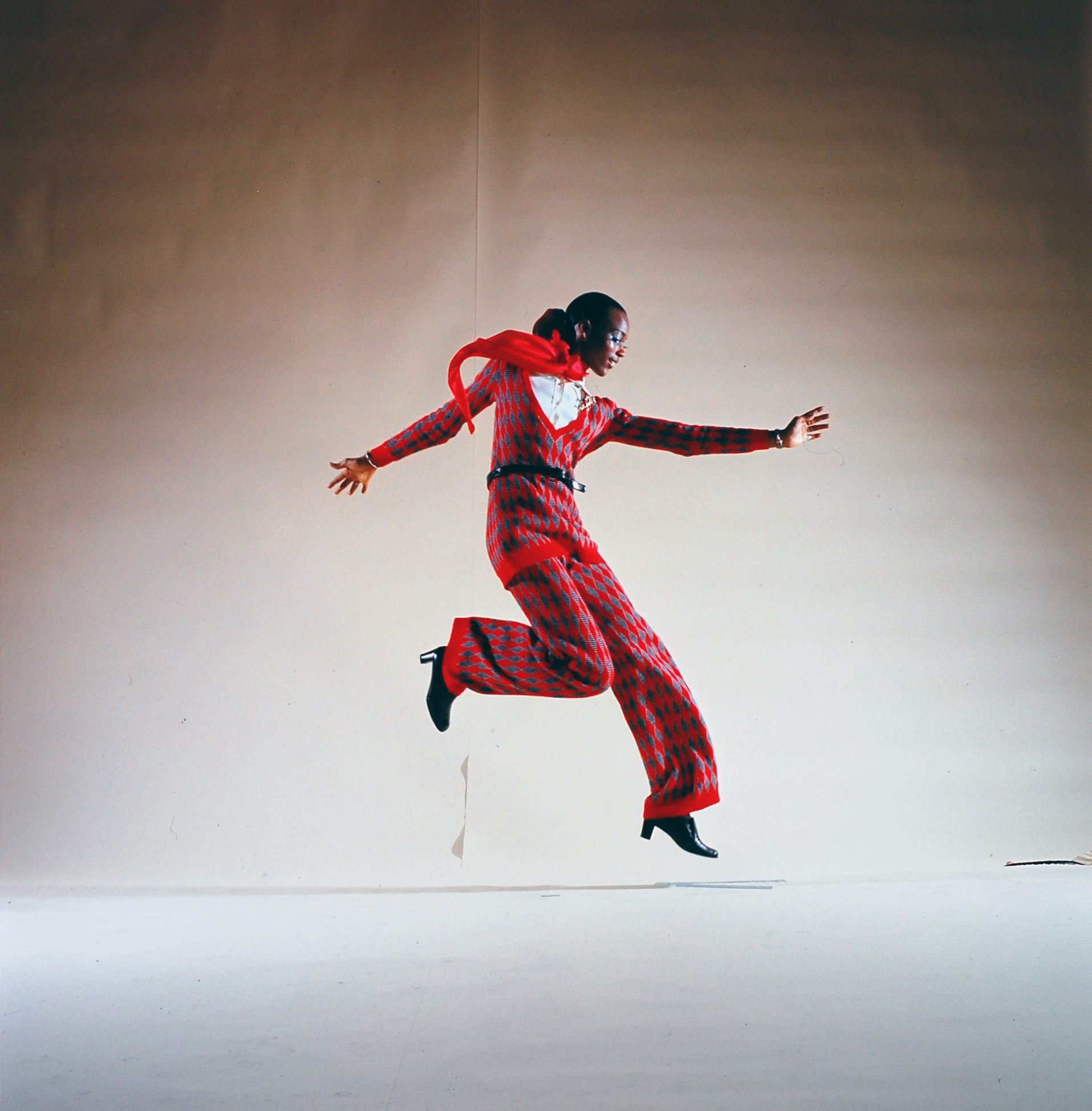
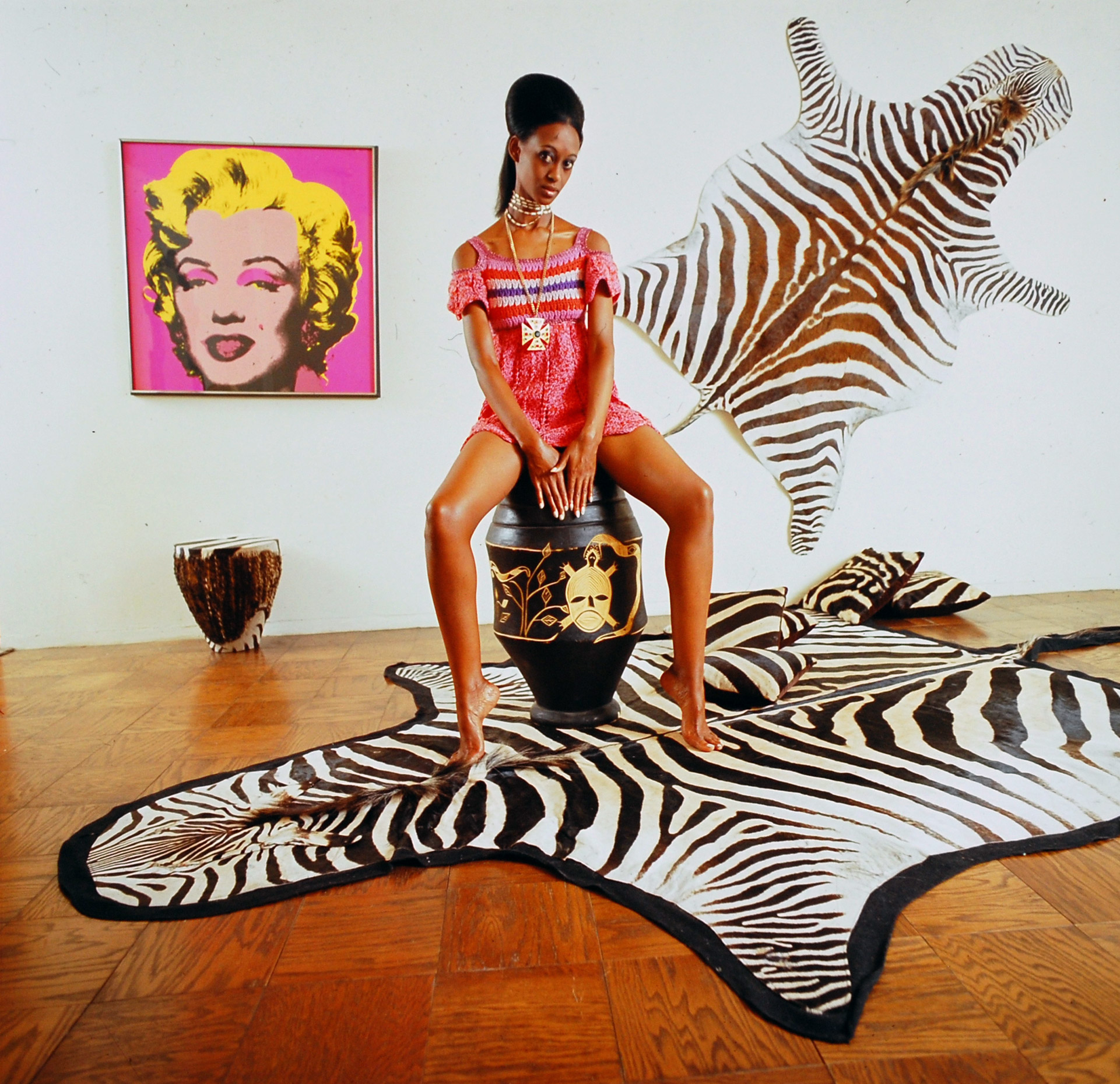
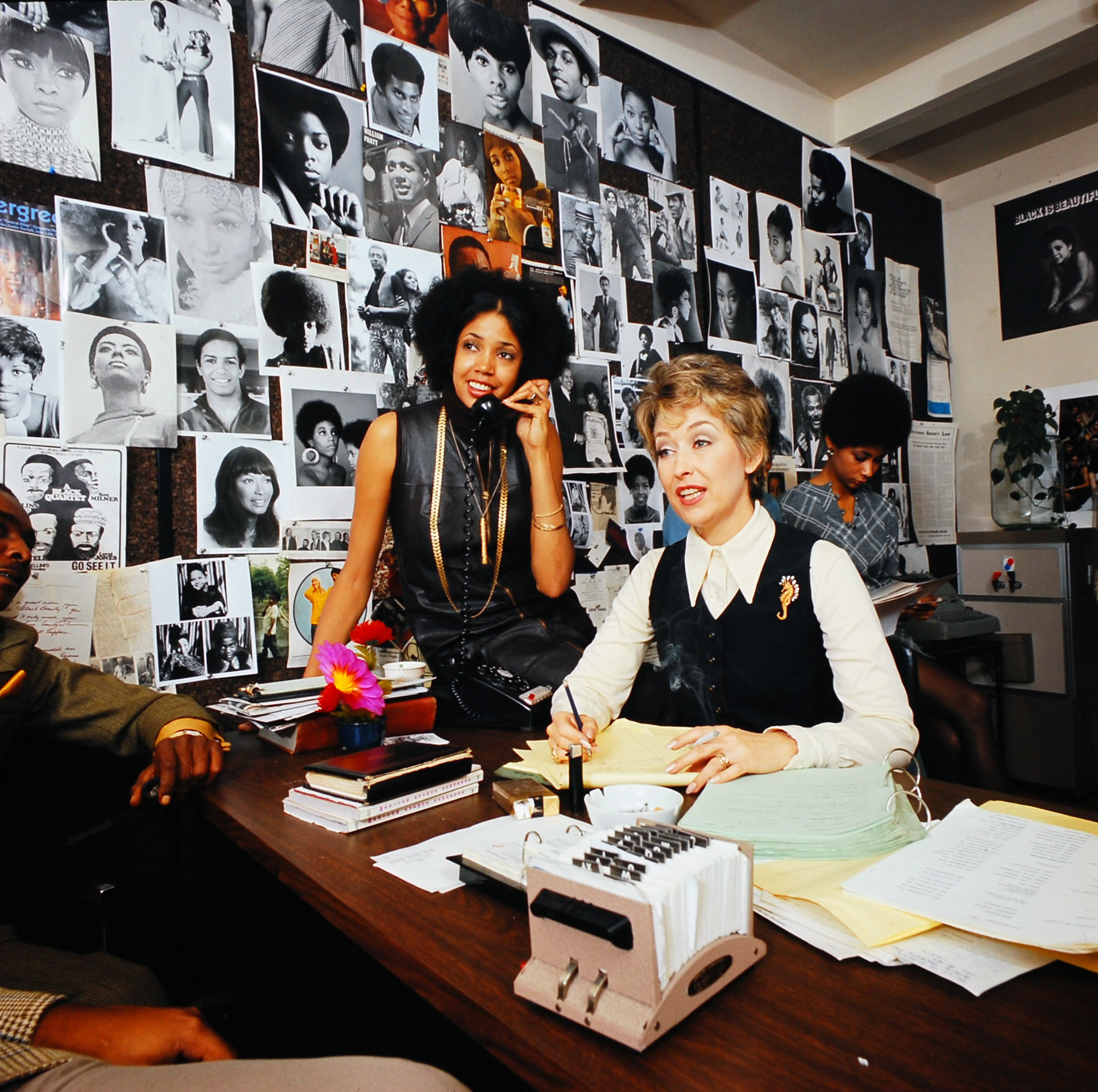
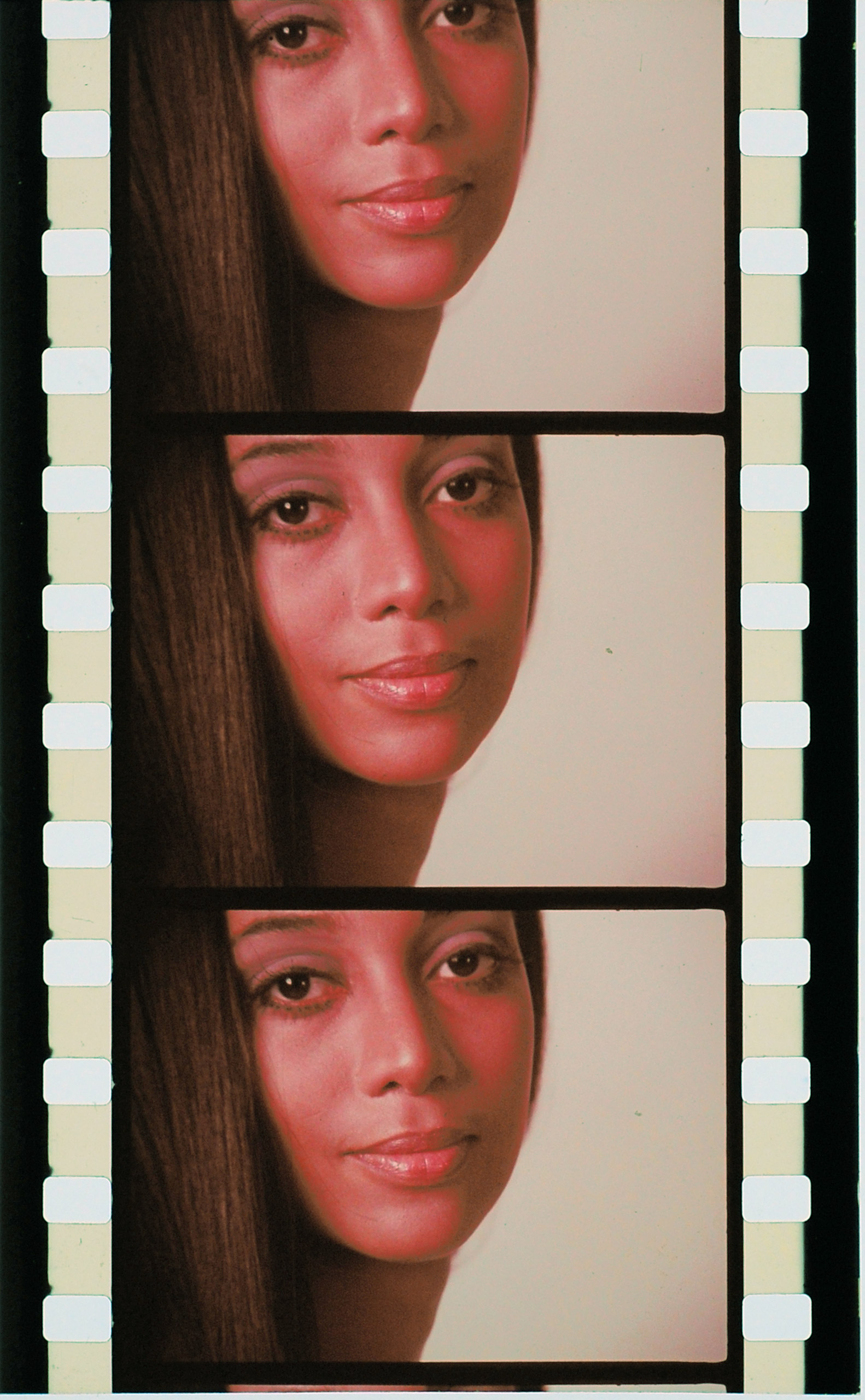
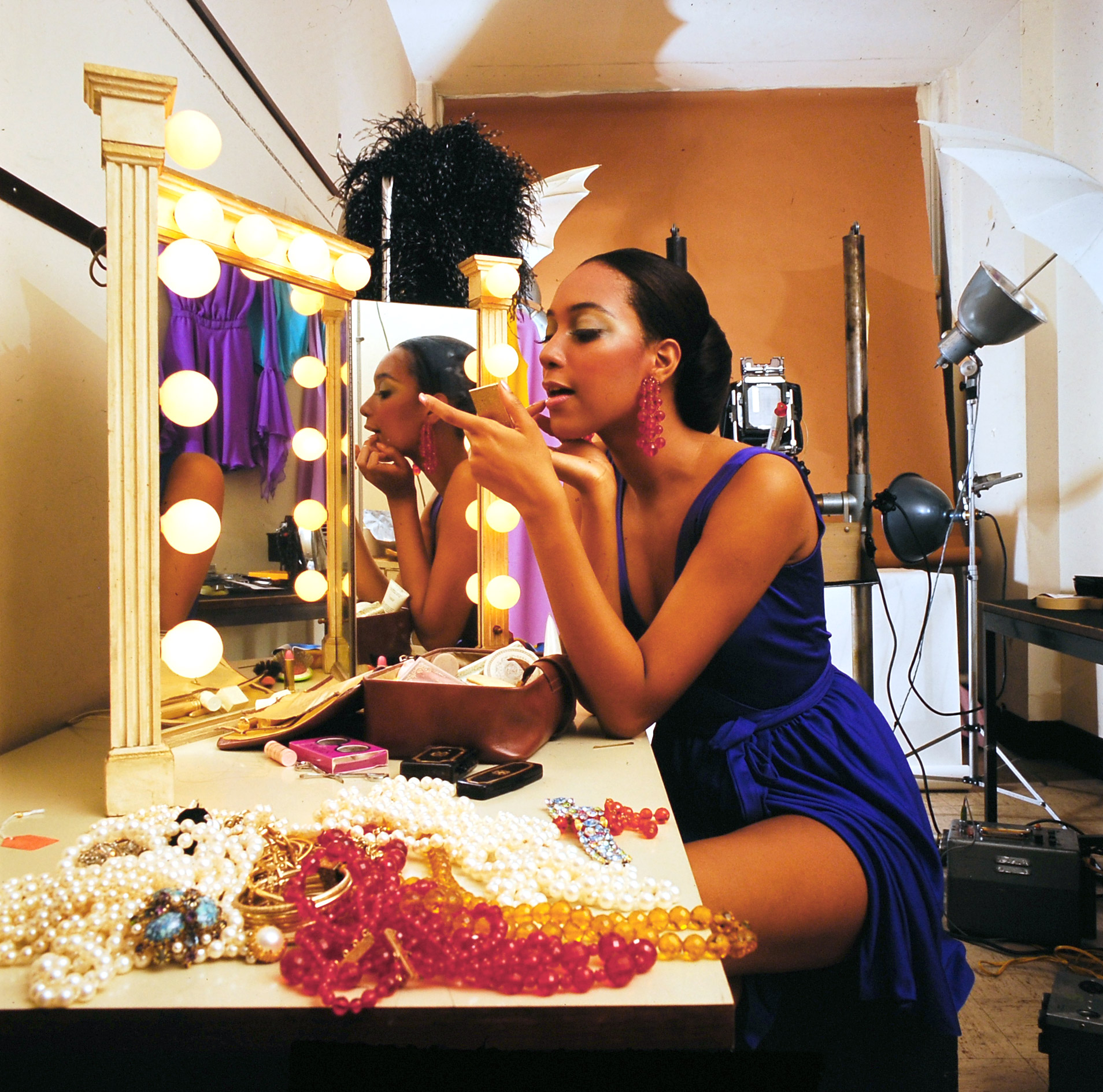
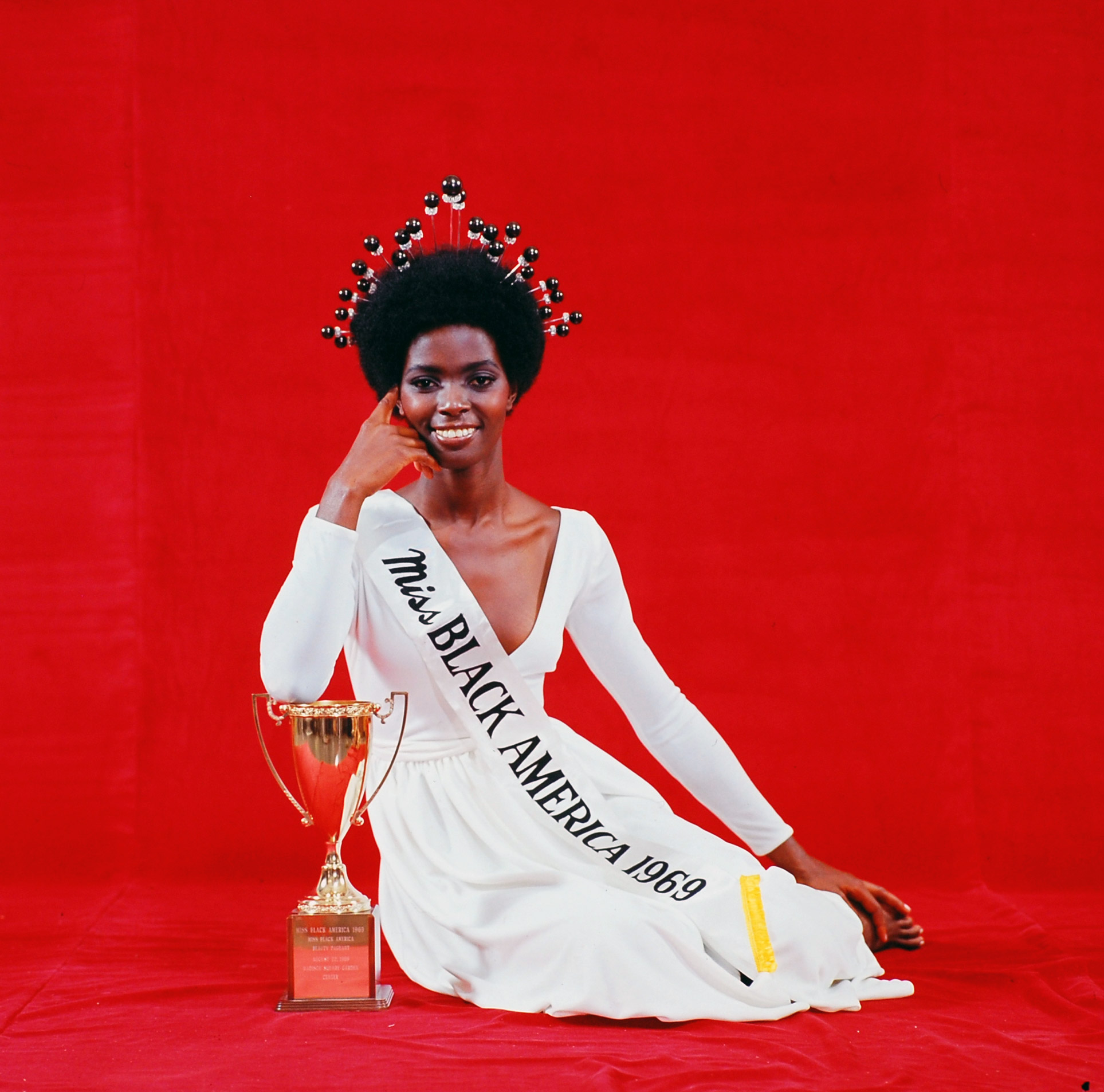
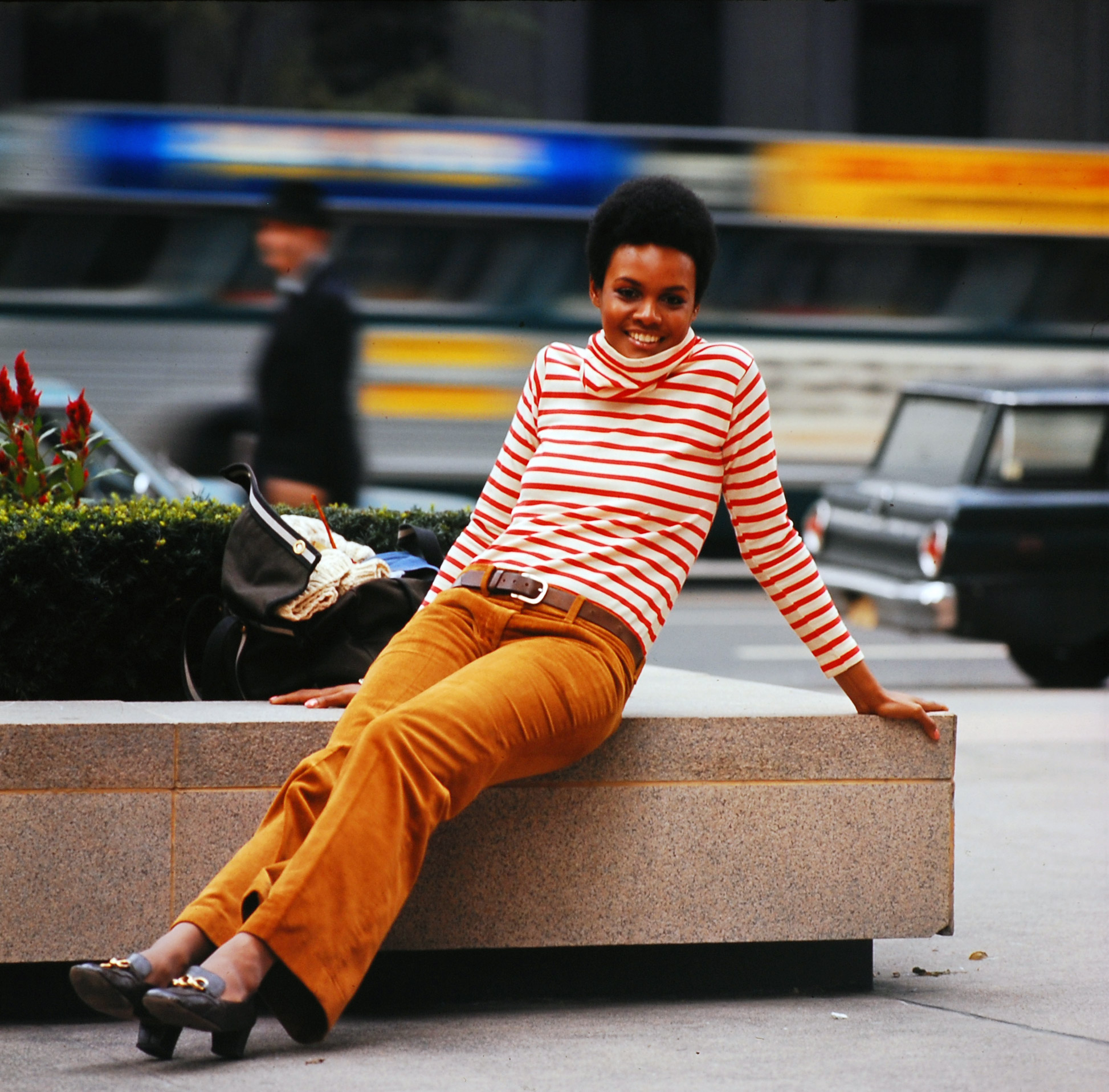
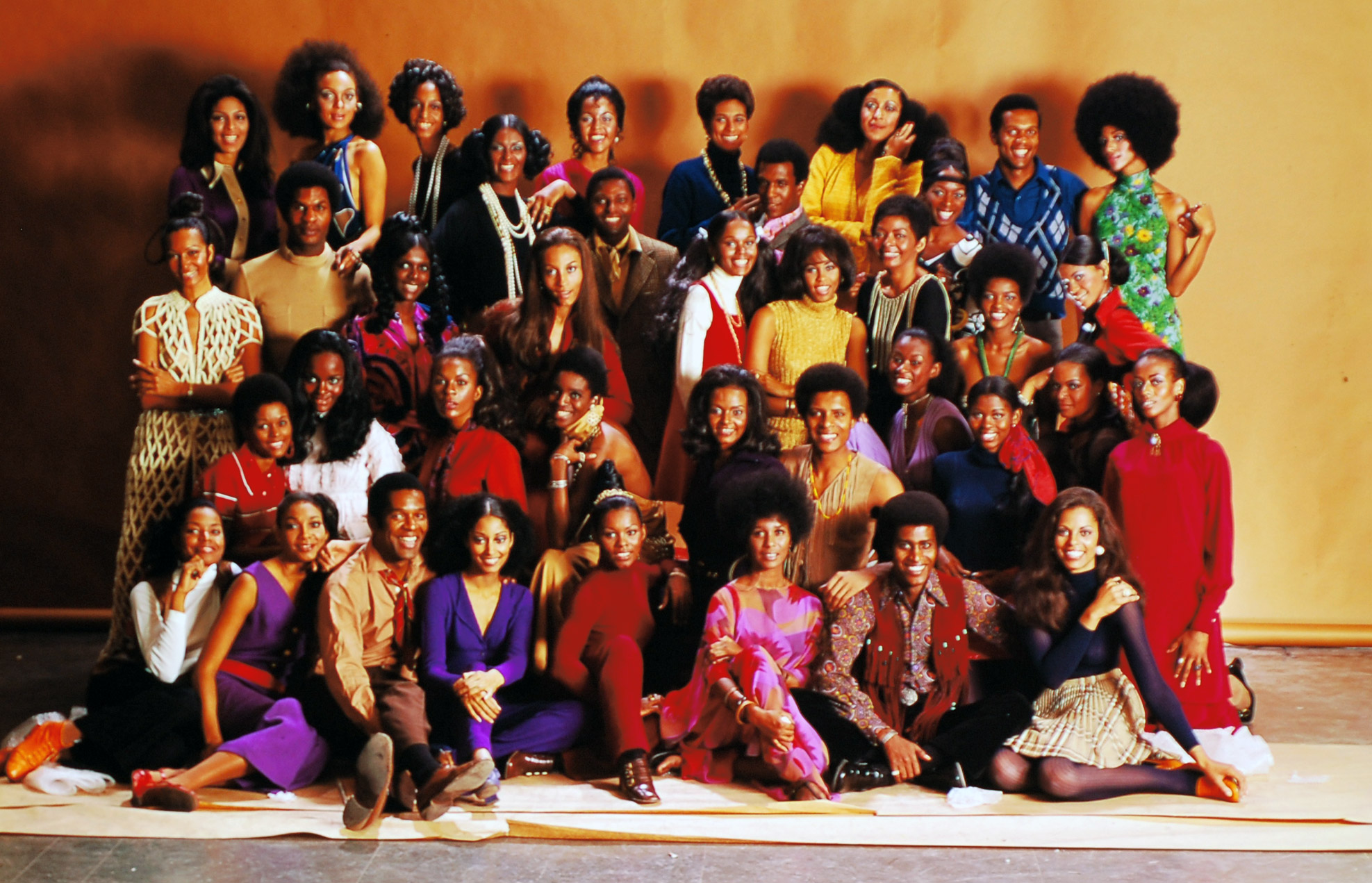
More Must-Reads from TIME
- Donald Trump Is TIME's 2024 Person of the Year
- TIME’s Top 10 Photos of 2024
- Why Gen Z Is Drinking Less
- The Best Movies About Cooking
- Why Is Anxiety Worse at Night?
- A Head-to-Toe Guide to Treating Dry Skin
- Why Street Cats Are Taking Over Urban Neighborhoods
- Column: Jimmy Carter’s Global Legacy Was Moral Clarity
Contact us at letters@time.com